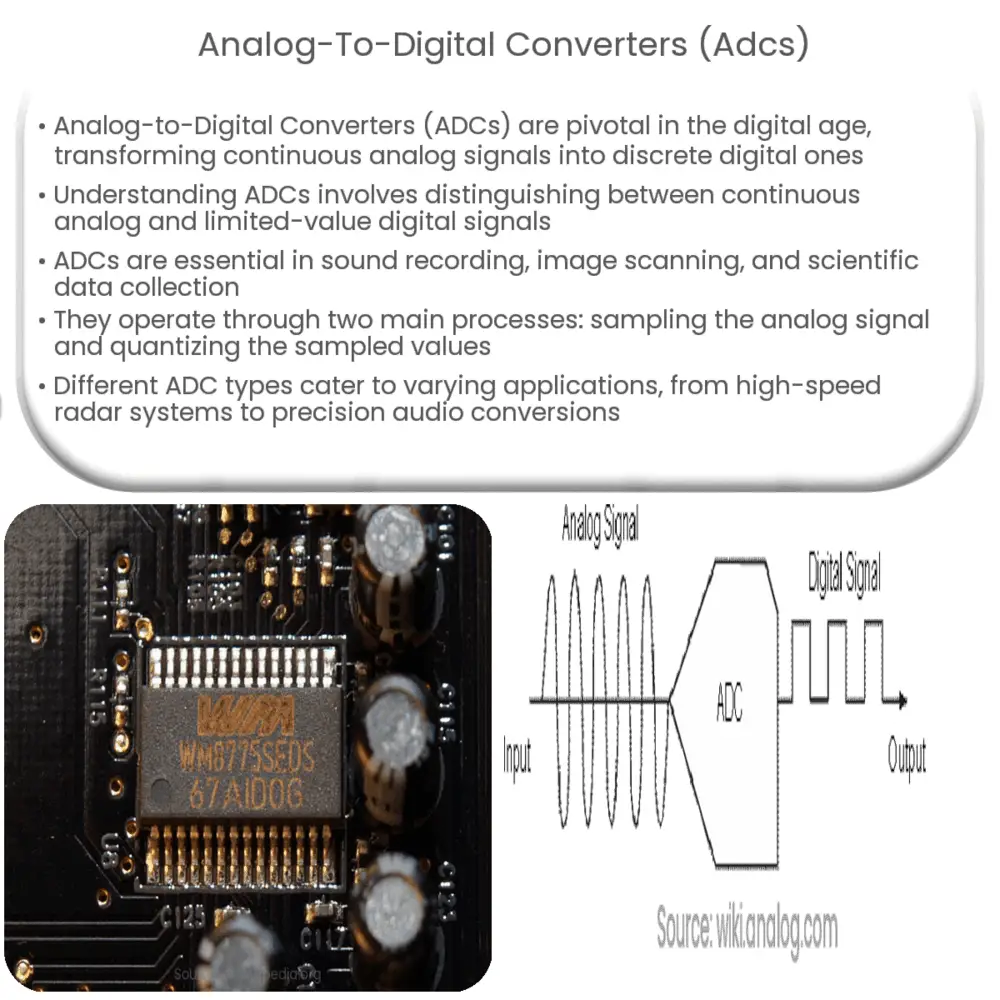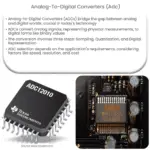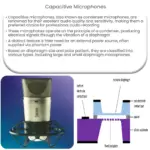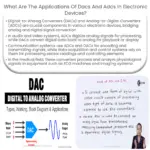Explore the role of Analog-to-Digital Converters (ADCs) in bridging the analog and digital realms, their functioning, and diverse applications.

Analog-to-Digital Converters (ADCs): The Underlying Power of Digital Revolution
Analog-to-Digital Converters (ADCs) are the indispensable technology at the heart of the digital revolution. As their name suggests, these devices convert analog signals, which are continuous, into digital signals, which are discrete. This translation is crucial in myriad applications ranging from sound recording to scientific data collection.
Understanding Analog and Digital Signals
In order to fully grasp the importance of ADCs, it is imperative to understand the difference between analog and digital signals. Analog signals are continuous in nature and can represent an infinite number of values within a given range. For example, sound waves in the natural world are analog signals.
On the other hand, digital signals are composed of distinct, individual units or ‘bits.’ These signals can only represent a limited number of values. This is the language that computers, and essentially all digital devices, understand.
The Role of ADCs in Modern Technology
The relevance of ADCs cannot be overstated in today’s digital world. ADCs act as a bridge, translating the physical world of analog signals into the digital realm that our devices can interpret. In essence, they enable computers to interact with the world.
- Sound Recording: ADCs are used in the process of sound recording where they convert sound (analog signal) into a digital format that can be processed by a computer or a digital audio workstation.
- Image Scanning: Scanners use ADCs to convert the variations in light intensity (analog signal) over the scanned image into a digital format, allowing the computer to store and display the image.
- Scientific Data Collection: ADCs are integral to data acquisition systems in scientific research, where they convert real-world physical conditions (like temperature, pressure, etc., that are analog signals) into digital data for analysis.
As technology continues to advance and integrate into every aspect of life, the role of ADCs is becoming increasingly vital. They truly serve as the bedrock of the digital age, facilitating the seamless interaction between the physical and digital worlds.
The Functioning of ADCs
Now that we’ve established the vital role of ADCs in modern technology, let’s delve into how these incredible devices function. An ADC typically works in two main stages: sampling and quantization.
- Sampling: In the first stage, the analog signal is sampled at regular intervals. The Nyquist-Shannon sampling theorem dictates that the sampling frequency must be at least twice the highest frequency contained in the signal to accurately represent the analog signal.
- Quantization: Post sampling, each sampled value is then quantized. Quantization is the process of mapping input values from a large set (often a continuous set) to output values in a (countable) smaller set. In essence, it’s converting the sampled values into a set of finite levels, representing each level with a binary number.
Types of ADCs and Their Applications
There are several types of ADCs, each with unique characteristics and suited for different applications. Common types include Flash ADC, Successive Approximation ADC, and Sigma-Delta ADC.
- Flash ADC: Being the fastest type of ADC, Flash ADCs are commonly used in applications requiring very high-speed conversions, such as in oscilloscopes and radar systems.
- Successive Approximation ADC: This type of ADC is popular in applications where a good trade-off between speed, cost, and precision is required, such as in data acquisition systems.
- Sigma-Delta ADC: With high resolution and accuracy, Sigma-Delta ADCs are ideal for precision measurement applications like audio signal conversion.
Conclusion
Ultimately, Analog-to-Digital Converters (ADCs) underpin the bridge between our analog world and the digital realm. By converting continuous, real-world phenomena into discrete, machine-readable signals, they enable an immense array of technologies, from music recording to satellite imaging, to scientific data collection. As our reliance on digital technology continues to deepen, the role of ADCs becomes increasingly central. By understanding their function and application, we can appreciate the often overlooked yet essential part these converters play in our everyday digital experiences.




